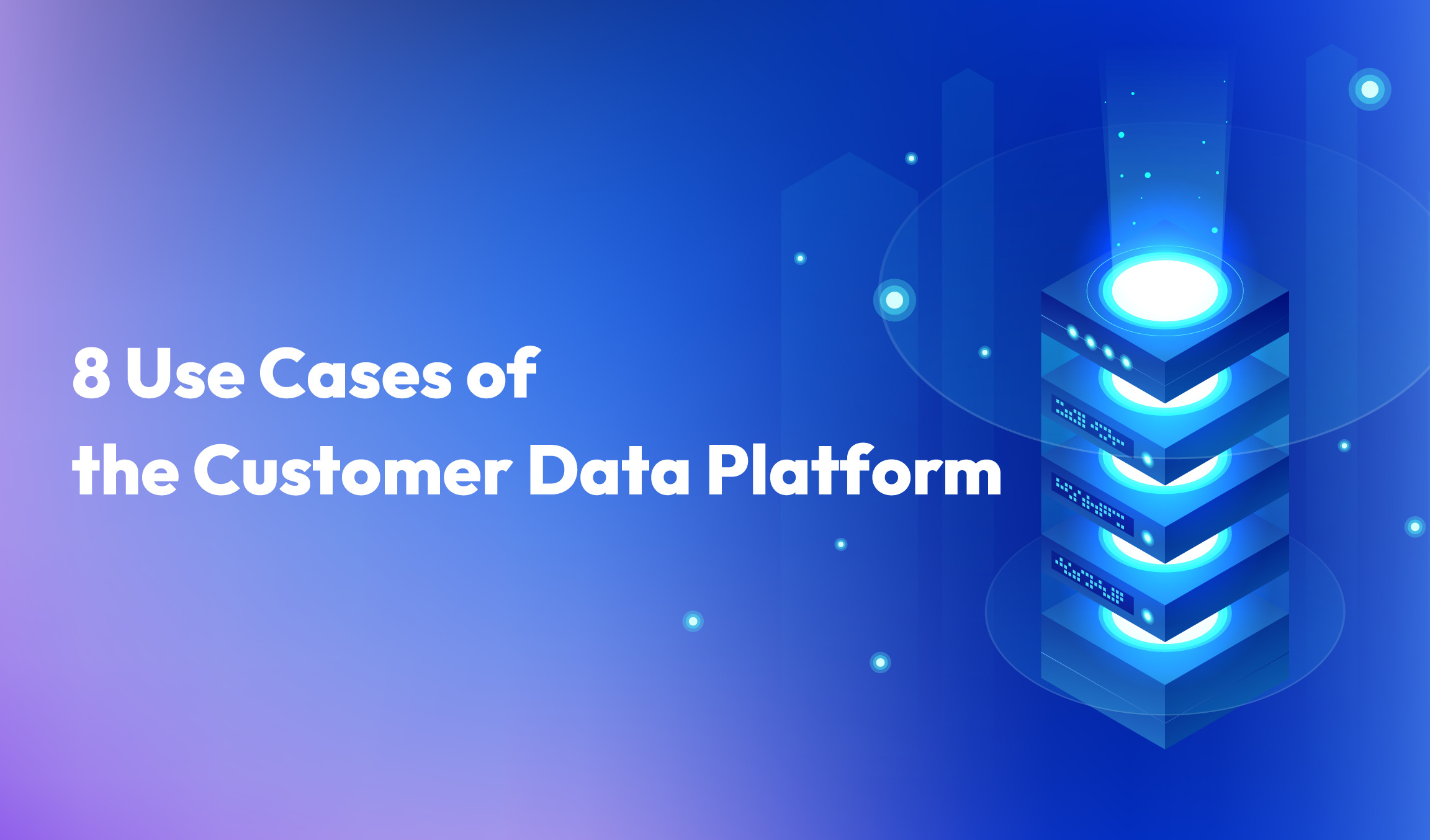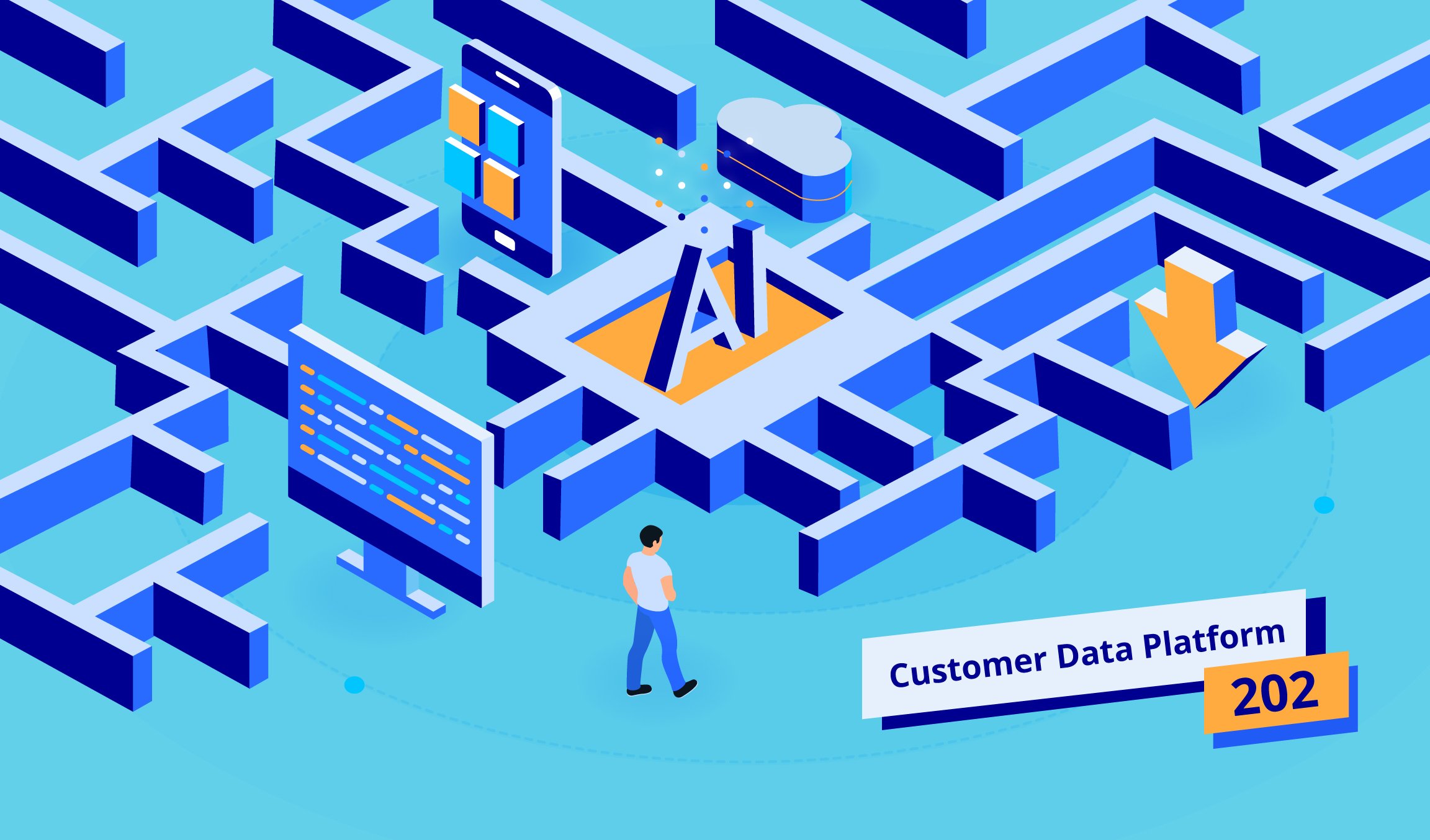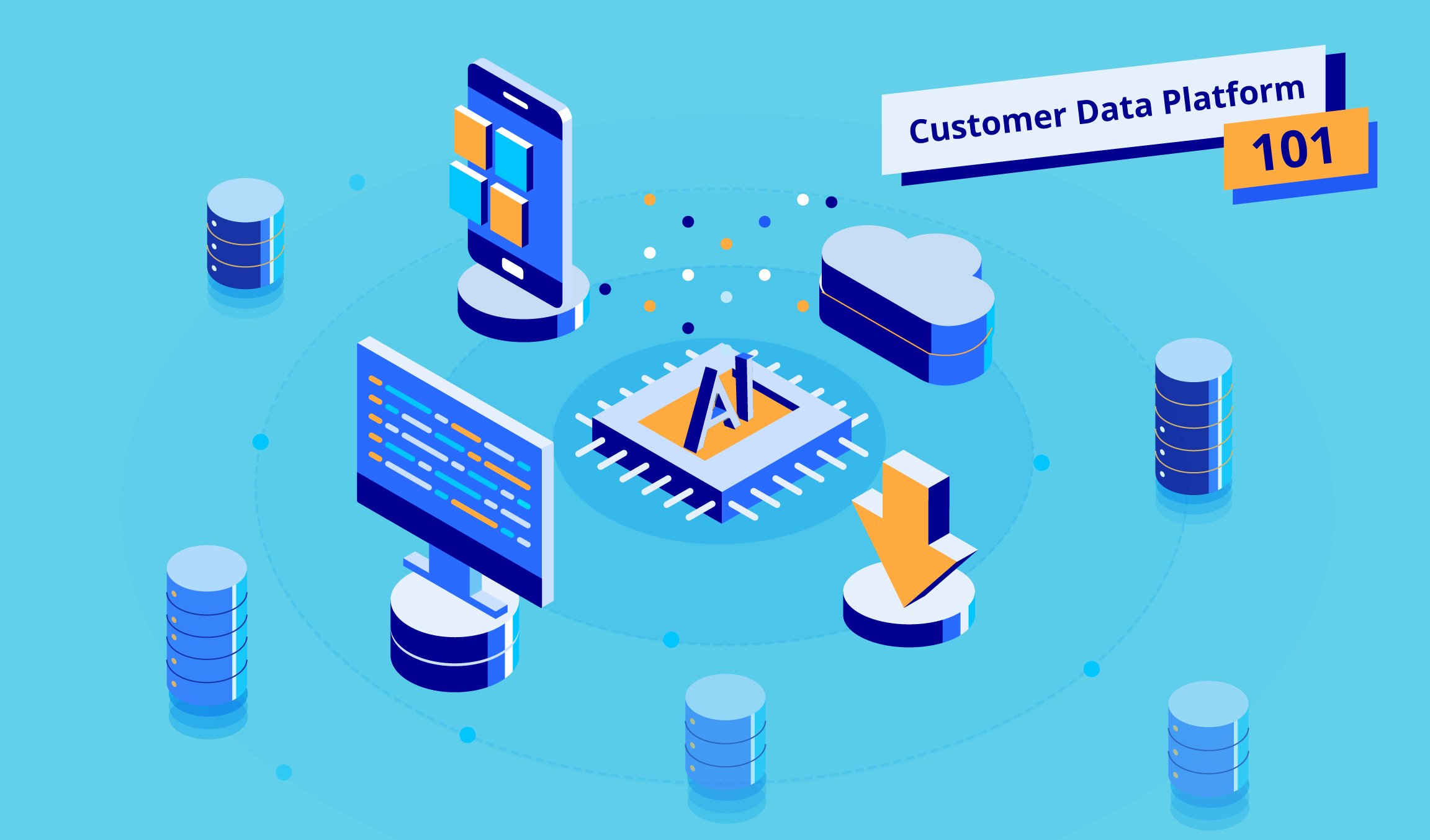4 min read
Although app downloads continue to rise, app abandonment and fraudulent use – where bots steal from app marketers via methods such as false referral attribution – threaten to undermine brands’ efforts at achieving return on investment. Marketers have therefore turned away from app installations as a measure of return and now look at in-app spending and the lifetime value (LTV) of a customer.
By 2022, global mobile app downloads will hit 258 billion and in-app spending will reach US$157 billion. Competition is likely to heighten as apps vie for attention, so it is important for you to engage users as soon as they install and open the app. Completing an in-app event, from agreeing to receive push notifications to starting a subscription, increases the chances of retention – a key marker for customer LTV.
Unfortunately, user engagement and retention is an area where 55 percent of marketers consider their biggest challenge. Complicating matters is the prevalence of fraudulent installs and false in-app actions, which rose significantly in 2018 at a cost of about US$19 billion for app marketers. Artificial intelligence (AI) can identify the traits and behavior of high-value app users and help you acquire them, as well as support retention and re-engagement strategies. This not only promotes loyalty but enables you to filter out fake users.
Using Deep Learning to Improve Campaigns
Deep learning, a subset of machine learning, is one weapon marketers are deploying to find valuable users and purchasing patterns. The evolution of deep learning has a foundation of human intelligence but the adaptability, speed and processing power of a computer.
A human approach to data analysis consists of heuristic rules dependent on capabilities and experience, so a marketing analyst with a decade of experience should be faster and better at understanding audience data than a graduate. Experience teaches the analyst which patterns are useful and which anomalies to value or ignore.
For example, a human might notice that a certain segment of their audience, males aged 18-25, are more likely to purchase streetwear through the app in the afternoon more than any other time of day. That marketer might then run a campaign to promote apparel to that segment of users in the afternoon.
Machine learning enables this approach to become scalable and available in real time, with multi-dimensional predictions. Humans still need to guide the tool and select the data to input, but the actions are not as straightforward as ‘if this, then that’. It might reveal other layers of data, for instance, that it is not just males aged 18-25 but those who have a part-time job who are more likely to purchase, and that the users who generate the most revenue see the product at least twice prior to purchase.
Deep learning, however, is when AI processes large volumes of scattered, abstract data by itself to make predictions with higher accuracy, taking into account aspects of the purchase a human may never have considered: how the weather that day affects which styles sell best, how stock market movements in the morning might influence spending patterns in the afternoon and what other category items could be promoted successfully alongside apparel.
For example, Appier uses deep learning in its proprietary deep funnel optimization to improve campaign performance. Its AI tool learns from similar past campaigns using historical data and makes predictions based on results. This not only provides marketers with an in-depth understanding of their audience, right down to likely LTV, but also indicates whether the campaign will achieve its conversion aims. Appier’s deep learning-based prediction is 17 percent more accurate than a human statistic predictive method, a smarter way to verify traffic that is good enough to bid on.
One of the best uses of deep learning in user acquisition campaigns is its ability to create valuable lookalike audiences based on historical data and a holistic view of LTV. Deep learning helps these tools evolve in a dynamic market to predict shifts, be proactive rather than reactive. Thus, deep learning makes the customer journey more predictable and marketing to them more versatile and holistic.
Deep learning can make sense of complexity and, as a tool, support you to optimize campaigns that capture and retain real, valuable users, and negate fraud. This reduces the need for trial and error, which lowers the cost per acquisition and increases overall profitability. How will you use it in your next campaign?
* Want to know more about how deep learning can help you find high-value users, optimize engagement and increase ROI? Download our latest white paper 'Landing Valuable App Users: How Deep Learning Enhances Acquisition Campaigns' for more insights.



